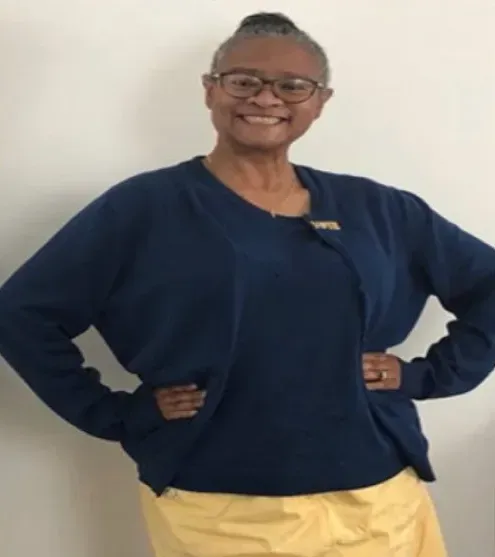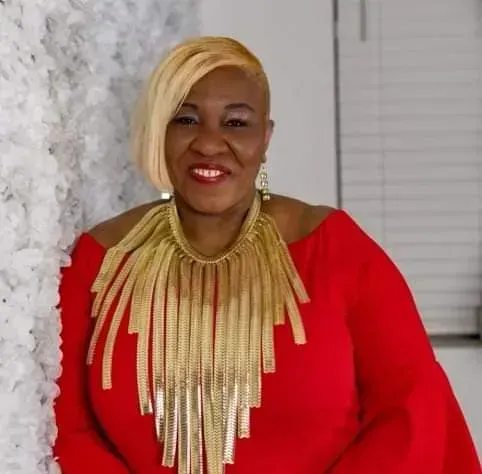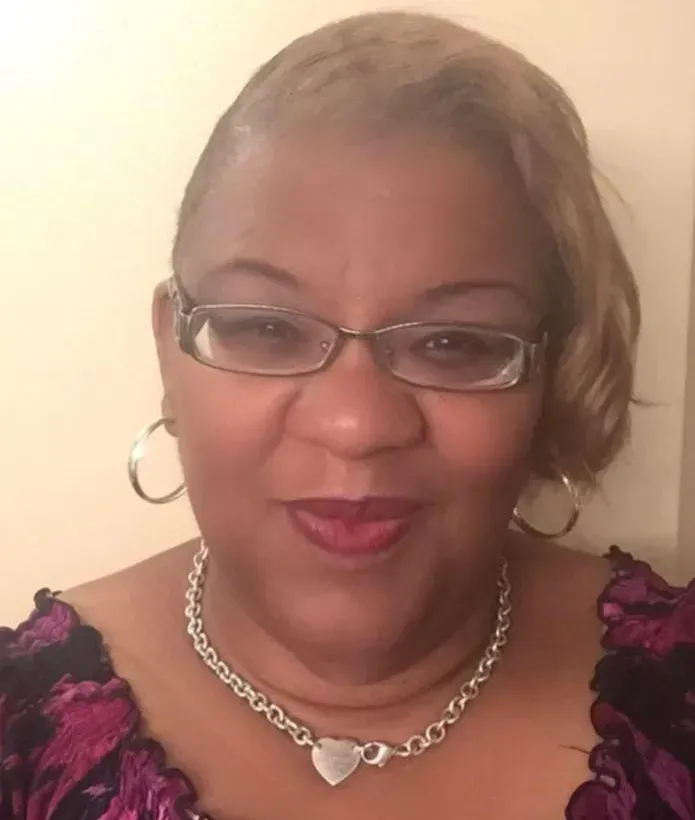The Logistics of Sugar

The Logistics of Sugar
by Debora Gossett-Rivers
When you hear the word Diabetes (Diabetes Mellitus), a term translated from Greek and Latin words meaning passing of the sweets, meaning excess sugar passing through blood and or urine. Visual images from the media of deprivation, medical and dietary restrictions, blindness, amputation, renal failure, coma, and death swirl violently in your mind. For some, the diagnosis kills the patient faster than the disease. I knew that Diabetes ran on both sides of my family. My mother was diagnosed with Diabetes in her forties and my paternal aunt (My father’s eldest sister) was diagnosed in her fifties. When I was informed of their diagnoses, I made a conscious effort not to contract this disease. I was determined not to be part of the stereotypic racial demographic of diabetes. Why is the African American community disposed to and so affected by this condition? It must be something more than diet, environment, and access to healthcare. What is it in the African genetic makeup that diabetes ravages us so severely? Is there something in the motherland that somehow protected us from this? What treatments were used there that western medicine has not yet figured out?
I decided to take a proactive approach. I limited my consumption of sweets, ate veggies, lean meats, fish and lead an active and healthy lifestyle so that I would not become a metabolic statistic. I admit that I love rice and pasta dishes with silky sauces, corn on the cob dripping in butter, and vegetarian pizza. My husband was diagnosed pre-diabetic as well, in 2008. Prediabetes is the stage before full-fledged diabetes develops. A pre-diabetic individual has blood sugar levels higher than normal usually between 100-125mg/dl. My husband can manage his with diet and medication. In my opinion at that time, being prediabetic is like being a little bit pregnant. I now know the difference. Unfortunately, this means that my daughters may be bound by the bands of a genetic double helix tying them to a possible diabetic fate as both of us are diabetic. The genetics of my situation unfortunately was inevitable. My relatively healthy diet and lifestyle probably kept me from being diagnosed at a much earlier age.
On July 26, 2017 I had the privilege of touring the National Museum of African American History and Culture NMAAHC in Washington, DC for the first time. As I toured the museum, I came across an exhibit about sugar and how it was the driver of the slave trade. The exhibit tells the world that sugar was sweeter, more powerful, and more deadly than gold. The exhibit case was full of loose, white sugar, ornate and ordinary sugar bowls, and related utensils. My snarky response to this exhibit was, “Sugar has been killing black folks on the outside (slavery) and on the inside (diabetes) for over four hundred years.” I had no idea that in one month how personally prophetic that statement would become. It was as if a diabetic warrant had been metabolically signed for me on that day. This is where my personal diabetic journey began.
My diabetic diagnosis happened on August 29, 2017 at age 53. It was the climatic event of three of the most stressful years of my life. A move to a new home, the life changes of my children (proms, graduations, college send-offs.) The non-diabetic related deaths of my parents, aunt, uncle, 2 cousins and stress of family discord had unknowingly begun to take a toll on my own health. I went to the doctor after experiencing days of fatigue and frequent urination. I blamed my malaise to August heat and humidity. I knew my body enough to know something was not right. I went from feeling weird to not feeling well. During and eye exam, my ophthalmologist advised me to go to my doctor to check my sugar. This diagnosis was a shock to my system. I always prided myself on being in good health for my age at every stage of my life. I was never the candy, cake cookie, pie eating kind of girl. I did not smoke and rarely drank and walked a lot. To me that was the combination for a long and healthy life.
My dietary life flashed before my eyes. I envisioned with horror, meals with tasteless plates of food, sugar substitutes, and water. When I arrived home from the doctor, I informed my husband of what the doctor told me, I curled up in a fetal position on my couch and cried like a baby. When I was admitted in the hospital 3 days later, September 1st, my glucose reading was 573, possible stroke range. I had no idea of how serious my condition was. I spent 5 days in the hospital, 3 days in intensive care from Diabetic Ketoacidosis, a serious diabetic complication that is potentially fatal if not treated. Other than childbirth, this was the first time I spent more than two days in the hospital. I was poked and prodded by health professionals and until my veins cried uncle. The worst of it all was the thought of having to inject myself several times a day with insulin for the rest of my life. I was up close and personal with illness and face to face with my mortality. The first week home after my discharge from the hospital I would sit up all night afraid to go to sleep for fear that I would wake up blind. I had to get used to a new normal. I thought that I would never be able to travel because of my medications. I was so resentful. How could I improve my diet when I did not eat the foods guilty for causing this condition in the first place? My Endocrinologist Nurse Practitioner has been a wonderful guide throughout this journey. She gave me a thorough examination and listened to my tale of woe. She let me know that I would survive and that I would be able to manage this condition.
As the bible says, “Obedience is better than sacrifice.” I was going to manage my Type 2 diabetic condition through obedience. I was going to do what the doctor said because I was unwilling to sacrifice the use of my limbs, my organs, my sight, and my life to this disease. Obviously, there are diet and lifestyle changes. I was resentful at first because I believed that I followed the rules. I chose to eat the lean meats and fishes. I enjoyed eating the occasional cake and the steak and until my tongue was satisfied. I drank lots of juice and soda because I do not like beer and wine. The deprivation is far less than I initially envisioned. I had to show more love to my body because sweet sugar is a killer. I am now reduced to diet green tea, diet cranberry juice, and seltzer water. I monitor my carbohydrate intake because they are sneaky and break down into sugar. The internet provides scores of lists indicating foods that assist in reducing glucose numbers. Portion control is the key to successful diabetic mealtime management. I carefully read the labels on food containers for recommended serving size. It is recommended that I have one cup of rice per meal or one cup of pasta per meal along with veggies and a protein. When snacking, I can have 10 French Fries or 12 tortilla chips. I try to have no more than 45grams of carbs per meal. I walk more, and I prick my finger once daily to get my fasting glucose numbers (before meals) to make sure I am truthful about my diabetic management. Had this diagnosis happened when I was younger, I do not know if I could have dealt with it. Adaptation and adjustment occur when no other options are available.
Technology is now available to patients that lessen the pain and discomfort of managing diabetes and dealing with the emotional baggage that comes with this condition. I learned more about my medical benefits when I discovered that the durable medical equipment needed to manage my condition could not be easily picked up at my neighborhood pharmacy. Durable Medical Equipment include the syringes, test strips, glucose meters that my doctor had. I am more concerned now because if I ever needed to purchase additional life insurance, I could be charged higher premiums or denied totally because I now have a pre-existing condition. My attitude has been that I am going to beat this condition. I enrolled in a four-week diabetes education class where I had to accept the fact that I was diabetic, I learned about the severity of my condition, how to manage my diet, and adhering to my treatment plan with medication. Other diabetics were helpful in my navigation in this journey. They would whisper in my ear, “I’m diabetic too” and would give sage advice. Some were alarmists dispensing the worst-case scenarios of blindness, loss of balance, slipping into a diabetic coma, and death.
In the first year of my diagnosis, I have lost over 20 pounds, my glucose and A1-C numbers have reduced to acceptable prediabetic levels that have resulted in the reduction of insulin units and now once daily injections. I am empowered because I have respected my condition and I am obedient to my body so that I do not fall prey to the complications that diabetes can bring if not properly controlled. I now view candy, cake, cookies, pie, ice cream, and pasta as a dietary privilege as opposed to my gastronomic right. When I travel, care is taken to make sure my insulin is kept cold. I make sure that I have enough medication for a few days travel. It is always a question and consideration of logistics, knowing how and when to make to adjustments to create a successful outcome.
In August of 2020, three years into my diabetic journey, I am now off the daily injection of insulin which is a great victory. I am grateful to be loosed from this medical tether. I take an oral medication called Metformin. I am aware that there are issues with this drug. I am unable to take other medications that are advertised on TV as I suffered diabetic ketoacidosis. I also include natural items in my diet. Namely, cinnamon and ginger whose antioxidant properties are beneficial in reducing blood sugar levels. I still must be mindful of the other complications that Diabetes brings, heart disease from increased cholesterol levels, neuropathy, vision loss, slow healing wounds, kidney failure, so I stay current with my doctor visits. This diagnosis gave me a fresh perspective on life. I had a minute of self-pity, but I took a hard look at myself and made it my mission to manage my diabetic condition. My attitude was to live and maintain a quality of life not dictated by the worst that could happen. I am no expert by any means or stretch of the imagination but maybe this journey was to teach me a lesson so that I can impart my experience to others about action and consequences. Every now and again a bowl of ice cream is worth the slight uptick in my glucose numbers. I must also be careful about my numbers being too low as that presents another set of problems. My lowest reading was 49. I did not feel bad, but I knew I needed to eat. I know that every diabetic story and journey is different. Now I eat to live, and to live better. I have not been given a death sentence, just a wake-up call to make changes in time to save my life; and through my journey as a survivor, I hope to save someone else.
*******************************************************











